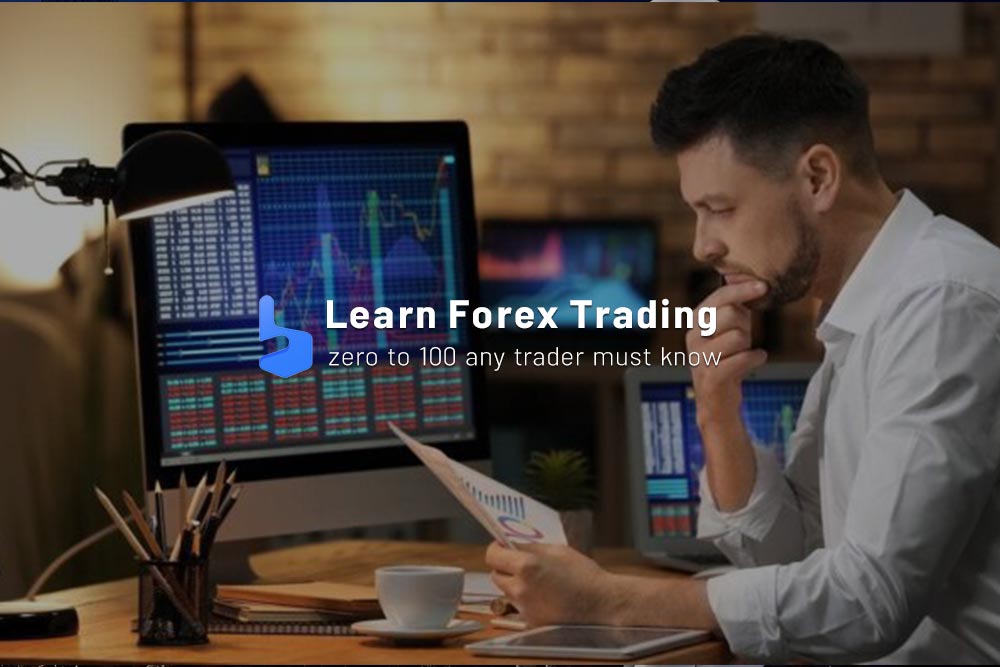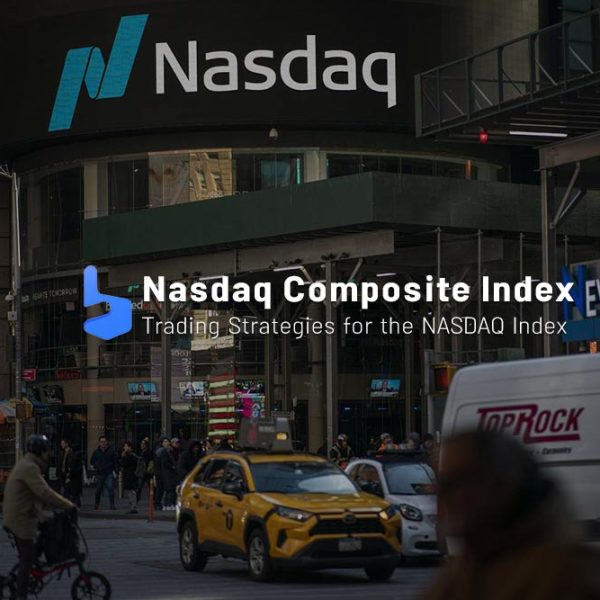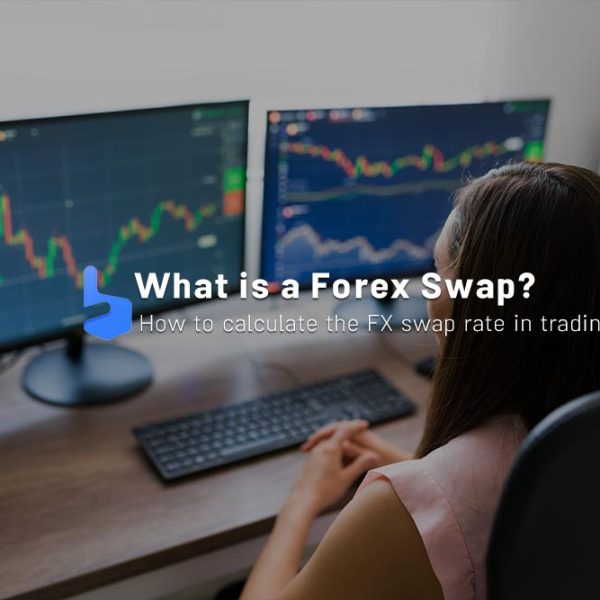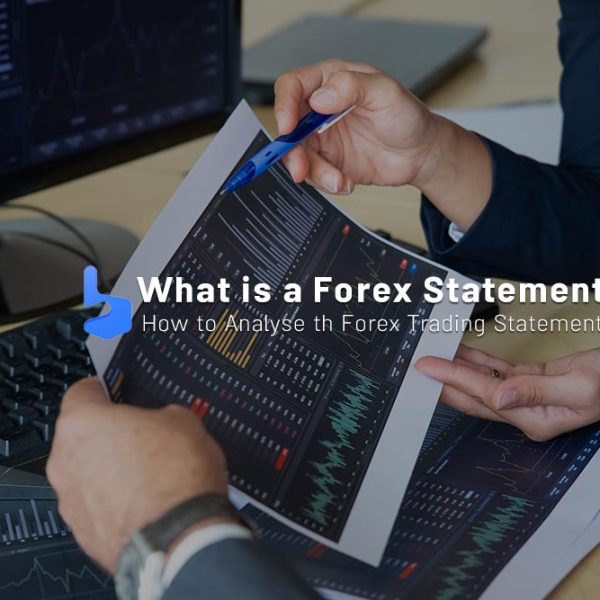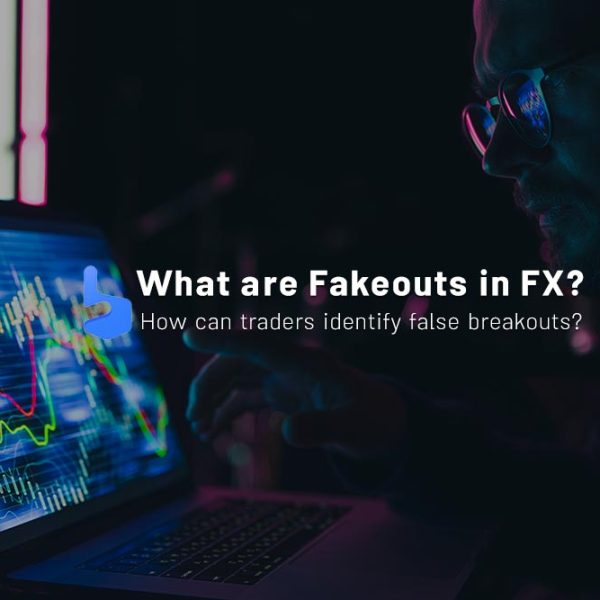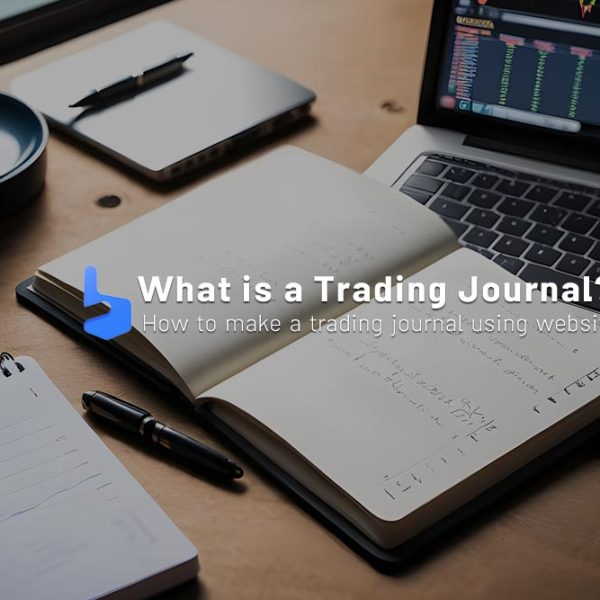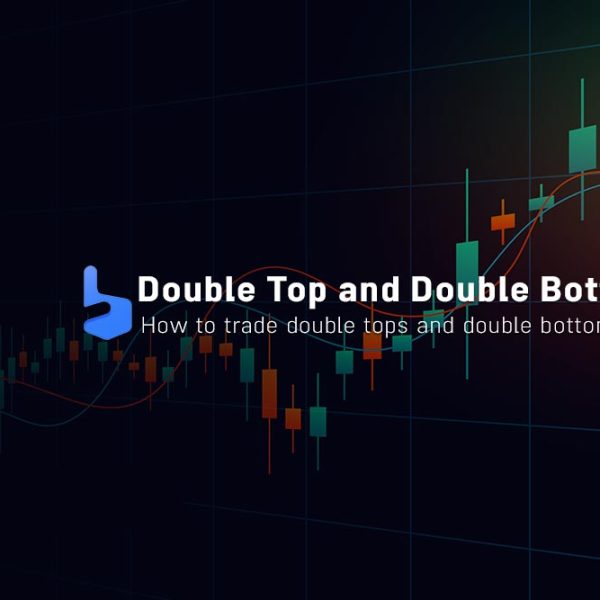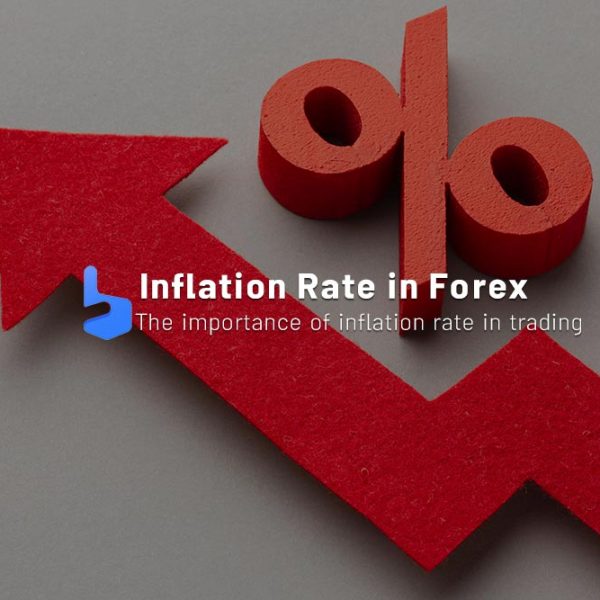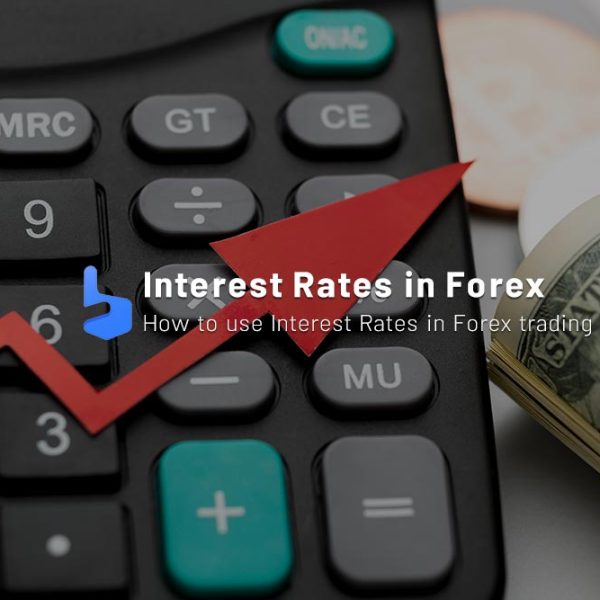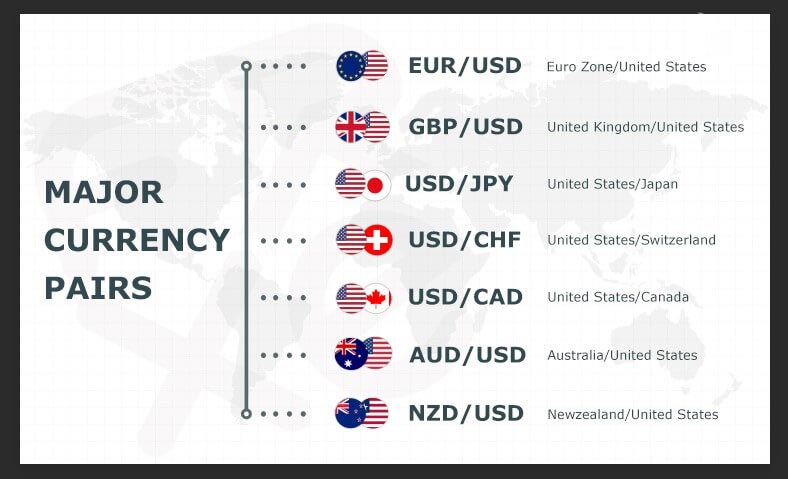The foreign exchange market, commonly known as Forex or FX, is a global market for trading foreign currencies. Forex is considered the largest market in the world because the transactions conducted in it have an impact on everything. This impact can be observed in the prices of imported clothing from China to the amount paid for a beverage during holidays in Mexico, for example. Stay with us as we delve into Learn Forex Trading and how it works.
Learn Forex Trading – Real-World Application
In its simplest form and to start to learn forex, Forex trading is similar to currency exchange services used when traveling abroad. A trader buys one currency and sells another in exchange offices. Therefore, currency exchange rates are constantly fluctuating based on supply and demand. Forex, on the other hand, is the place for trading currencies on a much larger scale. It’s a global market that operates 24 hours a day, from Monday to Friday.
[/vc_column_text]
The first thing to know to learn forex trading is that all Forex transactions are conducted over-the-counter (OTC), meaning there is no physical exchange or intermediary, much like what you see in stock trading. Instead of centralized oversight by an exchange like the New York Stock Exchange, a global network of banks and other financial institutions monitors the market.
Forex Traders
The majority of trading activities in the Forex market are conducted by institutional traders, such as bank employees, fund managers, and multinational corporations. These active traders in Forex don’t necessarily intend to acquire currencies themselves or learn forex trading. They may simply speculate on future currency rate fluctuations to hedge or manage risk.
For example, a Forex trader might buy the US dollar and sell the Euro. However, if they believe that the value of the dollar will strengthen in the future, they can buy more Euros later. At the same time, an American company operating in Europe can use the Forex market as a hedge or protection strategy if the Euro weakens. This means they can reduce the value of their earnings in Europe.
The firs step to learn forex, Currency Pairs
Currency Pairs are the most important and initial concept when you want to learn forex trading. In Forex, each currency is assigned a three-letter code, similar to symbols in the stock market. Nowadays, there are over 170 different currencies worldwide, but the US dollar (USD) is involved in most Forex transactions. Therefore, knowing the three-letter abbreviation for the US dollar, which is USD, is very useful. The second popular currency in the Forex market is the Euro (EUR), represented by the abbreviation EUR. It is considered the primary trading instrument in 19 European Union countries.
Among the other major currencies in Forex, in order of popularity, we can mention:
- Japanese Yen (JPY)
- British Pound (GBP)
- Australian Dollar (AUD)
- Canadian Dollar (CAD)
- Swiss Franc (CHF)
- New Zealand Dollar (NZD)
Individuals keen to learn Forex trading should know that all trades in this market are conducted as a combination of two currencies, known as currency pairs. Seven primary currency pairs are widely used, comprising approximately 75% of Forex market transactions:
- USD/EUR – Euro and US Dollar
- USD/JPY – US Dollar and Japanese Yen
- GBP/USD – British Pound and US Dollar
- AUD/USD – Australian Dollar and US Dollar
- USD/CAD – US Dollar and Canadian Dollar
- USD/CHF – US Dollar and Swiss Franc
- NZD/USD – New Zealand Dollar and US Dollar
How Forex Trades Are Priced
If we are here to learn forex trading, it is good to know that in Forex, each currency pair represents the current exchange rate between those two currencies. Here’s how to interpret this information using the EUR/USD currency pair as an example:
- The currency on the left side of the currency pair, in this case, the Euro, is known as the base currency.
- The currency on the right side, in this case, the US Dollar, is the quote or counter currency.
- The exchange rate tells you how much of the counter currency is needed to buy 1 unit of the base currency.
Therefore, the base currency is always expressed as 1 unit. The quote currency, on the other hand, fluctuates based on the current market and the amount required to buy 1 unit of the base currency.
For instance, if the exchange rate for the EUR/USD currency pair is 1.2, it means that 1 Euro can be exchanged for 1.20 US Dollars. In other words, you can buy 1 Euro for 1.20 Dollars. When the exchange rate increases, it signifies that the value of the base currency has risen relative to the quote currency, as 1 Euro can now purchase more US Dollars. Conversely, if the exchange rate decreases, it means that the purchasing power of the base currency has diminished.
In all sources to learn forex trading you will see, currency pairs are typically presented with the base currency on the left and the quote currency on the right. Although there is a convention for expressing some currency pairs differently. For example, converting USD to EUR is referred to as EUR/USD, and USD/EUR is incorrect.
Understanding the Three Markets to learn Forex trading
It’s important to know that most Forex trading isn’t about actually exchanging currencies. Instead, it’s very much like trading stocks, primarily aimed at speculating on future currency price changes. Forex traders, like stock traders, attempt to learn forex and buy currencies they believe will increase in value relative to other currencies in the future. At the same time, they may also sell currencies they predict will decrease in purchasing power.
In general, when you want to learn forex trading, you must know that there are three different methods for trading in Forex, and traders are attracted to them based on their different objectives:
- Spot Market:
- The spot market is considered the primary component of Forex.
- Currency pairs are traded in this market, and exchange rates are determined in real-time based on supply and demand.
- Forward Market:
- Forex traders can enter into enforceable or private contracts with other traders instead of executing an immediate trade.
- In this type of trade, Forex traders can lock in an exchange rate for a predetermined amount of currency at a future date.
- Futures Market:
- On the other hand, Forex traders can enter into standardized contracts to buy or sell a predetermined amount of a specific currency in the future.
- They do this at a predetermined exchange rate and on a specified maturity date.
- This type of trading takes place on exchanges and is not private, similar to the forward market.
The forward and futures markets are primarily used by Forex traders who want to hedge against future price changes in a currency or speculate on them. Exchange rates in these markets are based on what happens in the spot market. The futures market, in particular, is considered the largest Forex market, where most transactions take place.
Important Terms to learn forex trading
In trading, there are specific terms you should be aware of before getting started to learn forex.
- Currency Pair: All Forex trades involve a specific currency pair. Currency pairs are formed not only with major currencies but also with lesser-known currencies, including exotic pairs representing currencies from developing countries. it’s one of the basic concepts when you start to learn forex trading.
- Pip (Percentage In Points): Pip is another thing you need to understand as you start to learn forex. A pip is the smallest possible price change in a currency pair. Since Forex prices are quoted with at least four decimal places, one pip is equivalent to 0.0001.
- Bid-Ask Spread: Forex exchange rates, like other assets such as stocks, are determined by the highest price buyers are willing to pay and the lowest price sellers are willing to accept. The bid-ask spread represents the difference between these two values and is essentially the cost of the trade. Spread is one of the most important factors not only when you want to learn forex trading, but also when choosing a good broker for trading.
- Lot: Forex trades are conducted using standardized units known as lots. A standard lot is typically 100,000 units of a currency. However, smaller lot sizes, such as mini (10,000 units) and micro (1,000 units), are also available for traders.
- Leverage: Some traders may not want to commit large amounts of capital to a trade due to the size of standard lots. They can use a tool called leverage, which essentially allows them to control a larger position with a smaller amount of capital. Leverage is like borrowing money to trade. Before using leverage, you must learn forex completely and know its risks as well as benefits.
- Margin: It’s important to understand that trading with leverage is not free. Traders must deposit a certain amount of money, known as margin, as collateral to access leverage. Margin is essential to cover potential losses and ensure that traders can fulfill their obligations.
These are some of the key terms to know when you want to learn Forex trading, and understanding them is crucial for anyone looking to engage in Forex transactions.
Market Stimulants in Forex – What Are They?
In Forex, just like in any other market, the price of a currency is determined by the supply and demand from buyers and sellers. However, there are other significant forces at play in this market as well. This is because the demand for specific currencies can also be influenced by interest rates, central bank policies, economic growth rates, and the political environment in each country.
The Forex market is open 24 hours a day, five days a week (excluding Saturdays and Sundays). Therefore, traders in this market will have the opportunity to react to news that may affect the stock market long before it does. Many currency trades are focused on speculation or risk hedging. So, Forex traders and those seeking to learn forex trading should stay informed about fundamental events and news that can significantly impact currency exchange rates.
The Risks you must be aware when want to learn Forex
Forex trading comes with its own set of risks which you should be aware when you start your journey to learn forex trading. We’ll discuss two of them here:
1. Leveraged Trades:
Most forex trades involve leverage, and traders use margin. This makes forex trading riskier compared to other asset types. On the other hand, currency prices often fluctuate in very small amounts. So, traders might engage in larger trades using leverage to potentially earn more profits.
These leveraged trades can be excellent if a trader learn forex trading very well and has good prediction skills since it can increase their profits. However, it has a flip side. Leverage can also amplify losses, potentially exceeding the initially borrowed amount.
Moreover, if the value of a currency drops significantly, leveraged traders may face the risk of losing their capital. This can force them to sell the purchased securities at a loss to repay borrowed funds. Trading fees should also be considered apart from potential losses, further increasing the risks associated with leveraged trading. So don’t start to trade before you learn forex completely and always be aware while using leverage.
2. A Challenging Arena for Beginners:
It’s important to remember that forex traders are like small fish swimming in a sea of skilled and professional traders (whales). Therefore, regulatory bodies in various countries always caution against potential scams in this space. Additionally, the information and forex education for novice traders can be quite confusing.
Forex trading isn’t very common among individual investors either. In fact, retail trading (trading by non-professionals) constitutes only 5.5% of the global market. Data and figures show that some major online brokers also steer clear of offering forex market trading.
The few retail traders who do engage in these trades often do so in pursuit of substantial profits. A recent forex broker comparison website (CompareForexBrokers) found that, on average, 71% of retail forex traders lose their money. All these factors contribute to making forex trading primarily the domain of experts and make it necessary to learn forex trading before enter this sea.
Summary of “learn forex trading”
If you intend to buy bulk imported goods or plan to travel abroad, it’s a good idea to keep an eye on the exchange rates determined by the forex market. In fact, even if you learn forex trading in a basic, it can be very useful and informative for economic actors.

